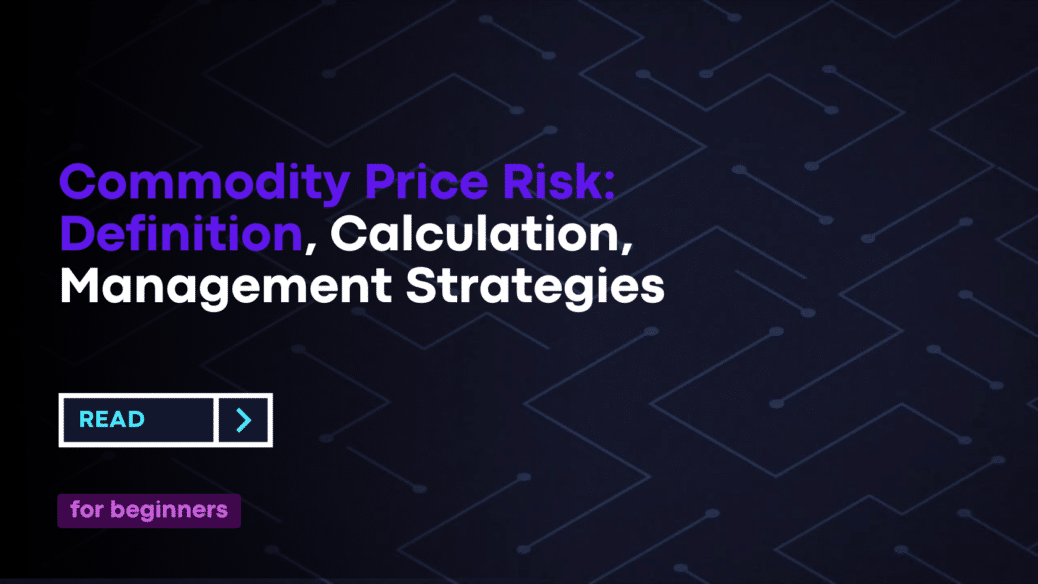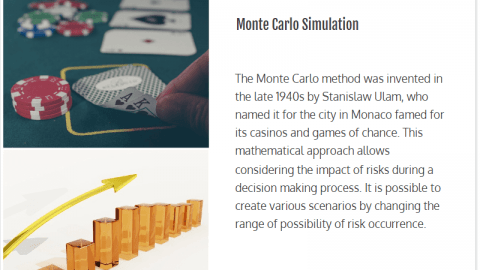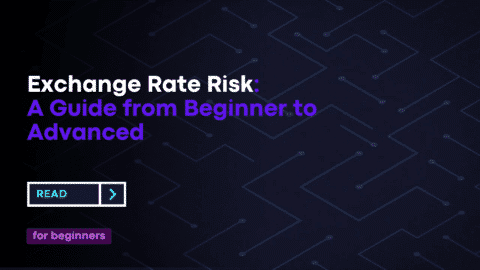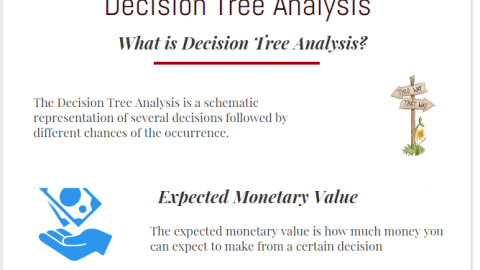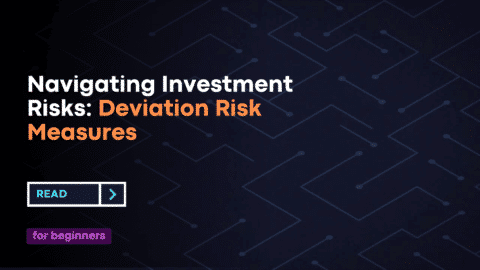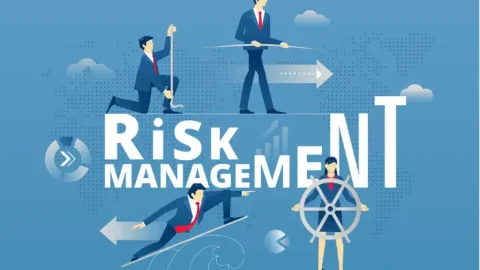Commodity Price Risk: Definition, Calculation, and Main Management Strategies
In the intricate landscape of global commerce, the term Commodity Price Risk frequently surfaces as a critical consideration for stakeholders involved in trading, investment, and financial management. Understanding this concept, how to calculate it, and most importantly, how to manage it, can be the cornerstone of sustaining profitability and growth. In this comprehensive guide, we’ll delve into these facets to provide you with a robust framework for managing commodity price risks.
Table of Contents
Defining Commodity Price Risk
Commodity Price Risk is a type of financial risk that arises due to the unpredictable fluctuations in the market prices of commodities such as oil, metals, grains, and other raw materials. Such price changes can significantly affect the financial performance of businesses involved in the production, consumption, or trading of these commodities. The price risk can manifest in several ways:
- Price Escalation: This occurs when commodity prices unexpectedly increase, leading to higher operational costs for businesses reliant on those commodities. For example, an airline company would suffer if the price of jet fuel were to skyrocket.
- Devaluation: Conversely, prices can also fall, affecting producers who rely on selling commodities at higher prices to maintain profitability. For example, a sudden drop in the price of gold would impact mining companies negatively.
- Volatility: Frequent and unpredictable changes in commodity prices make it difficult for companies to forecast expenses and revenues accurately. For example, volatile coffee prices can severely impact a coffee shop’s profit margins.
Key Components in Calculating Commodity Price Risk
Analyzing and calculating commodity price risk isn’t a straightforward task; it involves multiple variables and requires a nuanced approach. Below are some of the key components:
- Historical Price Data: Studying historical prices is fundamental to understanding future price behaviors. Companies often use statistical techniques like time-series analysis to identify trends, patterns, and anomalies in past price data.
- Volatility Indices: These are statistical measures that reflect the degree of variation in the trading price of a commodity over a specific period. Tools like the Volatility Index (VIX) can help businesses gauge market sentiment and risk levels.
- Supply and Demand Dynamics: These involve macroeconomic factors such as production rates, consumption patterns, and global economic conditions. For instance, a poor harvest season could reduce supply and drive up the prices of agricultural commodities.
- Political and Regulatory Climate: Government policies, geopolitical tensions, and trade agreements can heavily influence commodity prices. For example, tariffs on steel imports would affect the price of steel and consequently, the construction industry.
- Currency Exchange Rates: Given that many commodities are globally traded, currency exchange rates play a crucial role. A strong U.S. dollar, for instance, makes commodities more expensive for buyers using other currencies, potentially affecting demand and therefore price.
Predominant Factors Influencing Commodity Prices
- Geopolitical Events: Issues like armed conflicts, trade embargoes, and political turmoil in key producing countries can severely disrupt commodity supply chains. For instance, a political crisis in a country that is a leading supplier of rare earth metals could create supply shortages, driving up prices globally. Organizations should therefore monitor geopolitical climates closely and may consider diversifying sources to mitigate such risks.
- Natural Disasters: Extreme weather events like hurricanes, floods, or droughts can drastically affect agricultural yields and mining operations. Businesses should develop contingency plans, such as secondary sourcing options or buffer stock policies, to mitigate the adverse impact of natural disasters on commodity prices.
- Market Sentiment: Investor sentiment can significantly impact commodity prices, often even more than supply and demand dynamics. News about technological innovations, corporate earnings, or even social trends can influence investor behavior. Companies should therefore keep tabs on news and market sentiment, perhaps employing sentiment analysis tools for more effective monitoring.
- Technological Changes: Innovations like electric cars, solar panels, or even alternative proteins can alter demand for commodities like oil, coal, and meat, thus affecting their prices. Businesses need to stay updated on technological trends and should consider R&D investments to adapt to or capitalize on these shifts.
Methods for Managing Commodity Price Risk
- Futures Contracts: These are standardized contracts that obligate the buyer to purchase, and the seller to sell, a specific quantity of a commodity at a predetermined price at a specified time in the future. While futures can protect against adverse price movements, they can also limit the benefits of favorable price changes. Organizations must carefully weigh these pros and cons.
- Options: Options provide more flexibility than futures but at a cost. The premium paid for an option could be a significant expense, and there is no guarantee that exercising the option will be profitable. The two main types of options are ‘call options’ for buying and ‘put options’ for selling, and they can be combined in various ways for hedging or speculation.
- Swaps: In a commodity swap, one party agrees to pay a fixed price, and the other agrees to pay a floating price tied to the market value of the commodity. Swaps can be complex and might involve credit risks, so they are generally used by more sophisticated market participants.
- Hedging: Hedging strategies often involve a mix of futures, options, and swaps. Businesses should engage in scenario planning to determine the optimal mix of these instruments based on their risk profile, cash flow requirements, and market outlook.
Technological Tools for Commodity Price Risk Management
- Big Data Analytics: These tools can analyze large and varied datasets rapidly, including historical prices, supply chain data, and even weather patterns, to forecast price trends. Predictive analytics can be a game-changer in preempting market moves.
- Blockchain: Beyond ensuring transactional transparency, blockchain can also verify the authenticity of commodities, especially important in industries like pharmaceuticals or food production, where provenance and traceability are crucial.
- Artificial Intelligence: AI tools can be programmed to execute commodity purchases or trades when certain market conditions are met, thereby automating the risk management process. Machine learning algorithms can adapt to new data, improving their forecasting accuracy over time.
- ERP Systems: Advanced ERP systems can integrate real-time data from various departments—procurement, finance, sales, etc.—to provide a holistic view of commodity risks and enable synchronized responses to market changes.
Investing in these technologies not only aids in better decision-making but can also yield a competitive advantage. By coupling a strong understanding of influencing factors with a robust risk management strategy and the right technological tools, companies can navigate the complexities of commodity markets more effectively.
Commodity Price Risk Example: A Jet Fuel-Dependent Airline
Context
An airline wants to assess jet fuel price risk. It uses 100 million gallons a year at $2 per gallon.
Steps for Calculating Commodity Price Risk
- Identification of Exposure:
- Jet fuel is the commodity.
- Yearly use is 100 million gallons.
- Current price is $2 per gallon.
- Total cost is $200 million.
- Data Collection:
- Past prices ranged from $1.5 to $2.5.
- Statistical Analysis:
- Volatility is calculated. It’s 15%.
- Sensitivity Analysis:
- 10% price rise means $220 million cost.
- 10% price drop means $180 million cost.
- Scenario Analysis:
- Worst-case: $250 million cost.
- Base-case: $200 million cost.
- Best-case: $150 million cost.
- Risk Quantification:
- Spending could be between $150 million and $250 million.
- Risk Metrics:
- One-day VaR is $5 million at 95% confidence.
Additional Factors
- Liquidity: Jet fuel is easily traded. No extra cost.
- Currency Correlation: Jet fuel and U.S. dollar are inversely linked. Currency hedge considered.
- Policy Changes: Potential carbon taxes factored in.
- Hedging Costs: Futures and options costs included.
Conclusion
The airline now knows its jet fuel risk. It can decide on hedging, set ticket prices, and manage costs accordingly. In conclusion, understanding and calculating commodity price risk is crucial for businesses exposed to volatile markets. Through a structured approach that includes data collection, statistical and scenario analysis, and risk metrics, businesses can quantify their financial exposure. This knowledge is vital for making strategic decisions such as hedging, pricing, and operational planning, ultimately helping to mitigate financial risks.
Hello, I’m Cansu, a professional dedicated to creating Excel tutorials, specifically catering to the needs of B2B professionals. With a passion for data analysis and a deep understanding of Microsoft Excel, I have built a reputation for providing comprehensive and user-friendly tutorials that empower businesses to harness the full potential of this powerful software.
I have always been fascinated by the intricate world of numbers and the ability of Excel to transform raw data into meaningful insights. Throughout my career, I have honed my data manipulation, visualization, and automation skills, enabling me to streamline complex processes and drive efficiency in various industries.
As a B2B specialist, I recognize the unique challenges that professionals face when managing and analyzing large volumes of data. With this understanding, I create tutorials tailored to businesses’ specific needs, offering practical solutions to enhance productivity, improve decision-making, and optimize workflows.
My tutorials cover various topics, including advanced formulas and functions, data modeling, pivot tables, macros, and data visualization techniques. I strive to explain complex concepts in a clear and accessible manner, ensuring that even those with limited Excel experience can grasp the concepts and apply them effectively in their work.
In addition to my tutorial work, I actively engage with the Excel community through workshops, webinars, and online forums. I believe in the power of knowledge sharing and collaborative learning, and I am committed to helping professionals unlock their full potential by mastering Excel.
With a strong track record of success and a growing community of satisfied learners, I continue to expand my repertoire of Excel tutorials, keeping up with the latest advancements and features in the software. I aim to empower businesses with the skills and tools they need to thrive in today’s data-driven world.
Suppose you are a B2B professional looking to enhance your Excel skills or a business seeking to improve data management practices. In that case, I invite you to join me on this journey of exploration and mastery. Let’s unlock the true potential of Excel together!
https://www.linkedin.com/in/cansuaydinim/

